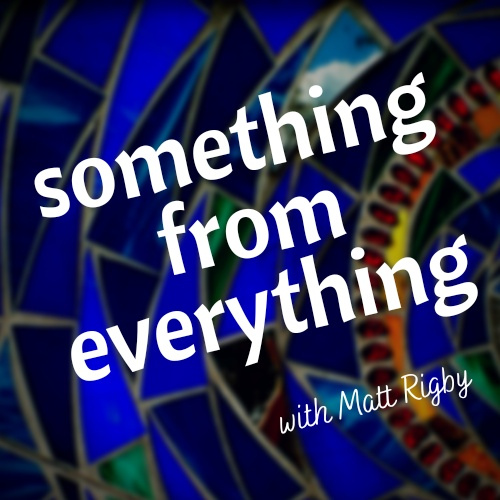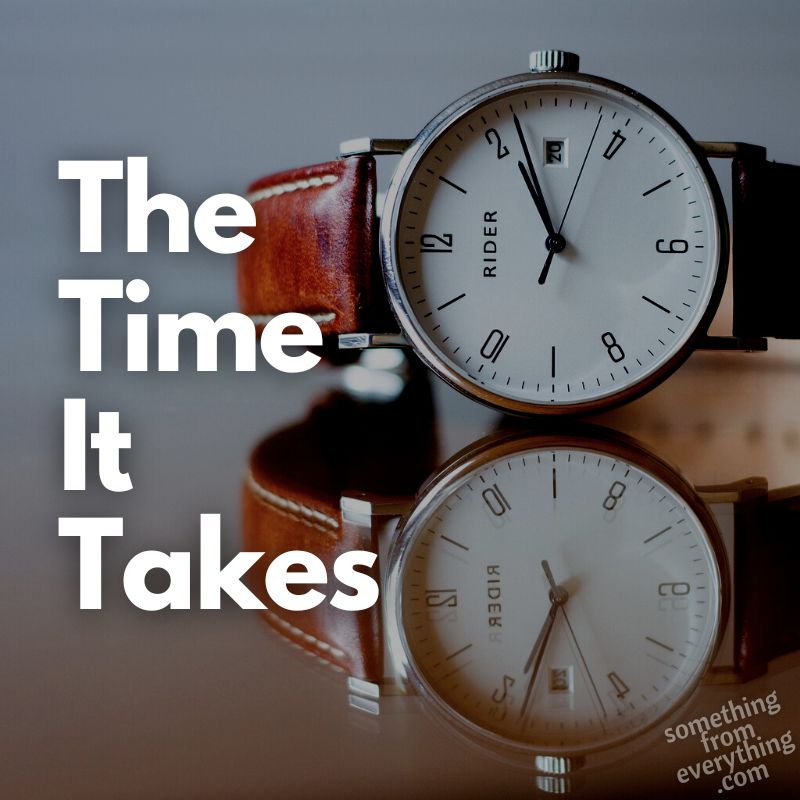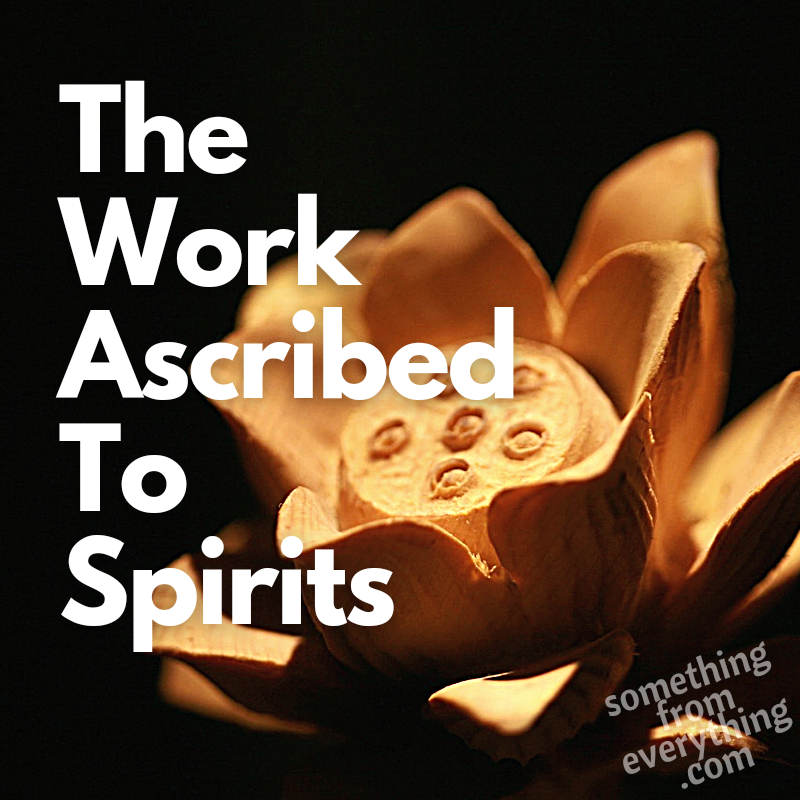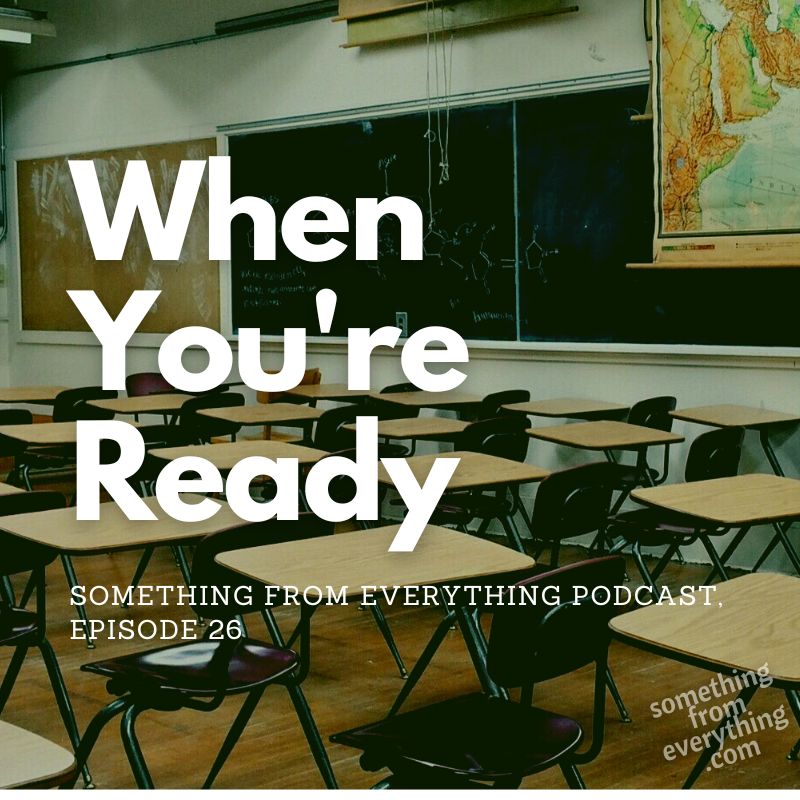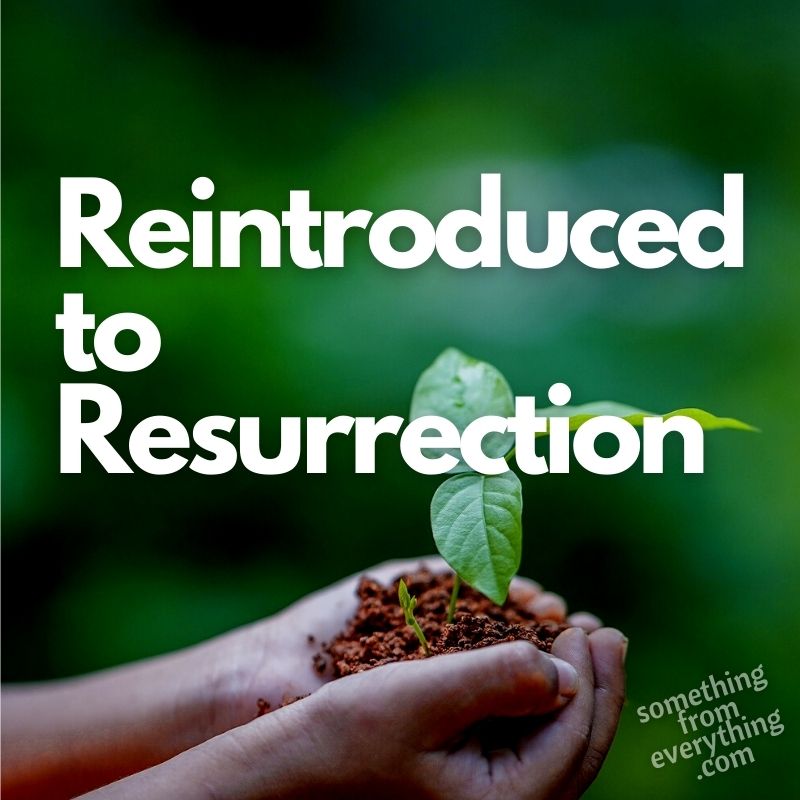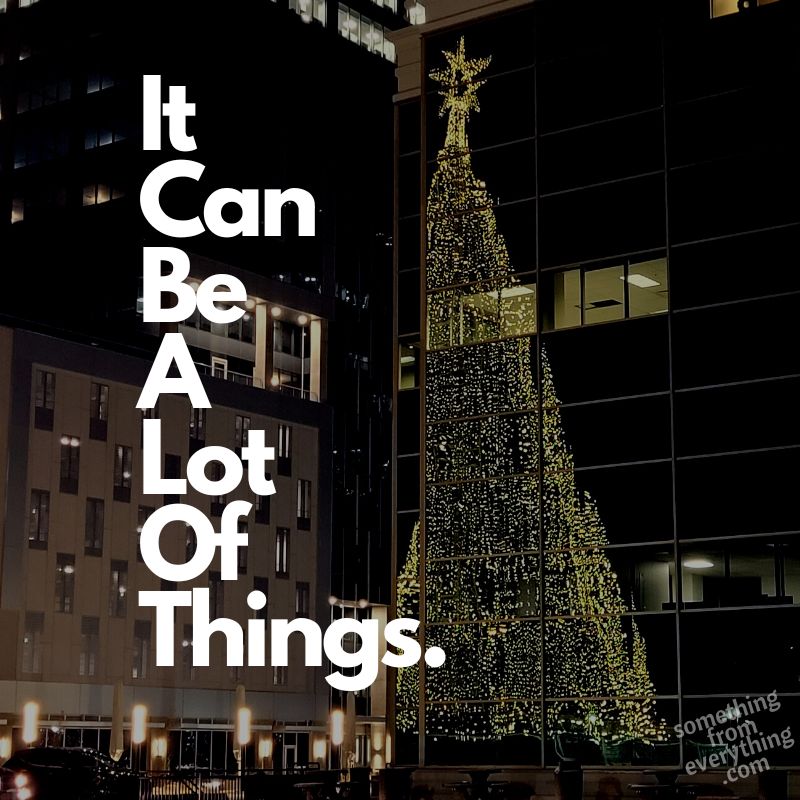
We loaded the family into the car on the coldest night in nearly a year.
Despite having started the engine prior, we slid onto still frozen leather seats, listened to the car hinges creak in objection as we closed the doors, and shivered in place as we watched our breath form and then dissipate before us.
Considering the cold, there were remarkably few objections from the back seat. This was one of our favorite Christmas pleasures, even if it was a simple one: the annual hunt for the best and brightest lighting displays in our city.
We started the holiday playlist as the car began to lurch forward, wheels crunching into the squeaking packed snow beneath. Soon we would be singing along to “You’re a Mean One Mister Grinch”, arguing whether “Last Christmas” was so bad it was good (or just plain bad), and musing over how the most popular version of “Sleigh Ride” could be both tacky, and a classic.
We ignored the price of gas as our hunt took us from one end of the city to the other. We turned indiscriminately down promising looking side streets, where luminescent bulbs beckoned us closer. We marveled at lights wound tightly around branches of towering maple trees. We admired restrained displays of outlined awnings, windows and door frames.
And then we observed the spectacle.
We drove wide eyed past whole communities illuminated in blinding lights. Past icicles that fell in cascades, past houses bathed eerily in a crimson red glow, past strobing lights spelling out Christmas greetings. Past inflatables and animatronics. Past snow capped and illuminated Nativity scenes, Santas, Frostys, Minions and one adventurous Grinch dangling from a line of lights strung up between two unified neighbors.
But all of the illumination of that neighborhood, the pomp and the pageantry, was positively subdued compared to what came next. A single house dazzlingly lit with over 18,000 RGB pixels, casting Christmas music by FM radio to any and all passers by. Each new song was accompanied by coordinated lighting, scrolling lyrics, pixelated graphics displayed on the main living room window, and a snowman whose digital face mouthed each and every word.
We stared into this stranger’s front yard and windows for a long while, while upbeat, bass pounding songs about angels and stars and saviors and snowmen washed over us. To my kids, it seemed pure magic. And I sat there, marveling at the work, the cost and commitment, the extravagant production of it all.
It would have been a fitting end to the evening. But we had one more sight to experience.
We had all seen the Tree of Hope before, of course. A great glowing tree of nearly 50 meters is hard to miss, and easy to spot from any number of surrounding communities and side streets. It is easily my favorite holiday decoration in our city. A sight both grand, and restrained. Gigantic, yet simple in form. Over 25,000 LED bulbs, but all a simple white. Luminous, but also transparent. I have admired this landmark for as many winters as I have been in Kelowna, but until recently, I had never come right up to it.
You really should though. Things can look very different up close.
We were able to park just feet from the attraction, and stepped out of the car into the bristling cold. Our kids reluctantly posed between chattering teeth in front of the tree, and then immediately ran back to the warmth of the still running car, shortly followed by their mother. I stayed a while longer.
Up close, the ‘tree’ didn’t resemble a tree at all. Staring up into its latticed, crane-like centre column and surrounding metal rings, it looked much more like a construction project than a living thing. The countless strands of vertical lights quivered and knocked against their anchors in the winter wind, as if they were also shivering in the cold. There was no warmth from those lights, and despite their great number they seemed feeble in contrast to the endless black sky above them.
How strange that drawing close to something would reduce it. I turned towards the car, towards warmth, and towards home when something flickered in my periphery. It was another illuminated Christmas tree, this one lacking no radiance. This one seemingly alive, shimmering and dancing, shifting with my every step. It was an illusion, of course. The windows of the surrounding office buildings had reflected the original tree, but the oppressive darkness and imperfect reflections restored both its tree-like shape and glistening brilliance.
I returned to my family, to the heat of the car, and to the next shuffled song on our holiday playlist. But in the days that followed, I thought a lot about those shimmering trees. About how the same thing can both disappoint and surprise us. About how something can be both less and more than it appears.
Christmas is a complicated season. A season filled to the brim with story, meaning and expectations, but also filled with contrasts and contradictions that can be hard to get our heads around.
Christmas is sing-alongs in the car, but it’s also being annoyed by that same music in the mall. It’s thoughtful presents for those you love and cherish, and it’s fretting over bills and inflation. It’s loud, boisterous gatherings with friends and family and it’s craving a quiet moment alone. It’s dazzling displays, but during the darkest days of the year.
The tree is luminous, and it’s just a piece of construction. It’s pure magic, and it is simple illusion. All of these things can be true at the same time.
If this time of the year leaves you conflicted, both entranced and skeptical, both excited and exhausted, then there is nothing wrong with you. You are allowed to feel it all. Christmas can be all of that.
This season can be a lot of things. I hope that it is merry and bright for you.
But I don’t imagine for a moment it’s only one thing.
________________________________________________________________________________________________
Thank you for reading! I wish you and yours a very merry Christmas, and a Happy New Year!
